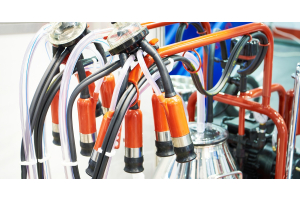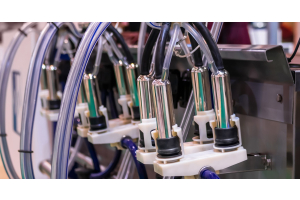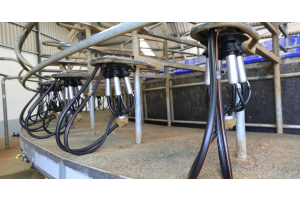Tips for Longevity: Maintaining Your Milking Pulsator
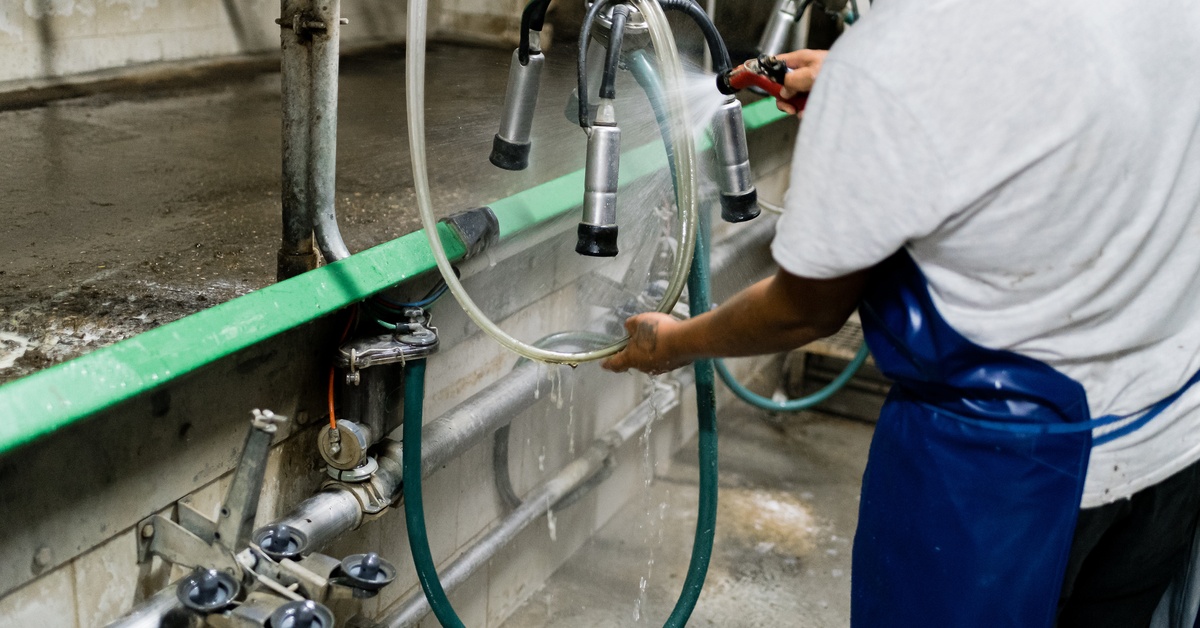
An efficient pulsator is integral to the smooth operation of any dairy production facility, regardless of if it caters to a small herd or a commercial-scale business. Ensuring your milking pulsator is functioning optimally safeguards the health of your herd, maintains milk quality, and increases the overall productivity of your dairy operation.
Pulsators require consistent care and maintenance to extend their lifespan and sustain reliable performance. Use these tips to maintain your milking pulsator’s longevity for dependable and efficient operations for years to come.
Conduct Regular Cleaning
Contaminants such as milk residue, dust, and debris accumulate within pulsator components, obstructing their efficiency. Cleaning your pulsator after each use removes any unwanted residue and prevents potential damage.
Carefully disassemble the pulsator according to the manufacturer’s guidelines, so you don’t overlook any compartments. Use warm water and mild detergent for washing, avoiding abrasive tools that could scratch delicate sections of the equipment. Dry every piece thoroughly before reassembly to ensure moisture doesn’t interfere with its mechanics.
Integrating cleaning into your daily routine helps maintain your milking pulsator by preventing buildup that could alter its functionality over time, and it ensures a reliable milking process. Additionally, it upholds milk hygiene, reducing the risk of contamination that might compromise milk quality or safety.
Follow Manufacturer Guidelines
Your pulsator has precise specifications in its design, and adhering to the manufacturer’s instructions is necessary for proper maintenance. These instructions often include essential steps for cleaning, lubrication, or part replacements.
Keeping the manual on hand serves as an invaluable tool, ensuring accurate servicing. Missteps such as using incompatible lubricants or disassembling incorrectly inadvertently lead to damage that is often preventable. Consider bookmarking instructions or digital access to manuals for your convenience. Carefully following maintenance recommendations helps limit unplanned issues and ensures your machine provides long-term, reliable service.
Inspect Pulsation Mechanics Frequently
The operational rhythm of a pulsator plays a pivotal role in how comfortably and efficiently animals are milked. Regular inspections of pulsators for milking allow you to identify abnormalities such as irregular pulses, performance drops, or unusual noises.

Keep Air Tubes Clear
Air tubing facilitates the airflow required for proper pulsator operation. Over time, blockages from small debris or internal residue may form and interrupt this airflow. Examine tubes frequently for buildup or obstructions that may compromise efficiency. Cracks and structural weaknesses are also red flags, as they diminish overall functionality.
If you notice damage, replacing the tubing promptly prevents further disruption. Properly maintained air tubes contribute to maintaining consistent suction and pulsation, ensuring the equipment meets day-to-day requirements.
Monitor and Replace Rubber Parts
Rubber components such as diaphragms, gaskets, and O-rings are prone to degradation after repetitive use. Signs of cracks, hardening, or stiffness suggest these elements are losing their functionality, which compromises the pulsator’s performance. Regular examination of these components is crucial, as unnoticed wear and tear in these areas may lead to air leaks or interruptions in suction.
Replacing worn-out rubber parts ensures the equipment’s efficiency doesn’t diminish unexpectedly. Maintaining the integrity of these components also safeguards the reliability of your milking routine.
Perform Systematic Testing
Systematic testing is crucial for identifying irregularities and performance inconsistencies. Weekly or daily tests should include listening for hissing, clanking, or unusual sounds during operation, as these can indicate internal mechanical issues.
Using advanced pulsation testers provides detailed insights into performance metrics, such as pulsation rate consistency and vacuum stability. Proactively identifying irregularities during testing minimizes the likelihood of expensive repairs or unexpected equipment downtime that could disrupt operations.
Protect It From Environmental Damage
External environmental conditions significantly affect your pulsator’s health. Exposure to excessive moisture, chemicals, or dust within the milking parlor deteriorates vital parts prematurely. Establishing clean and dry storage when the pulsators are not in use helps mitigate these risks.
Creating a controlled storage environment extends the longevity of sensitive mechanical components. Additionally, occasional visual inspections ensure there’s no unnoticed exposure caused by nearby environmental factors.
Inspect Electrical Connections
Loose or faulty electrical connections result in equipment malfunctions or interruptions during milking. Regularly checking the electrical connections ensures that power flows consistently to the pulsator. Pay special attention to wires, connectors, and switches to spot wear, fraying, or corrosion.
Addressing potential electrical problems early safeguards the pulsator from unexpected failures. Always adhere to safety protocols when inspecting electrical components, and consult a professional if repairs are necessary.
If you need electrical component replacement parts, Parts Dept offers numerous circuit boards for pulsators. Reliable connections keep pulsators working seamlessly and minimize unpredictable downtime.
Check Parts Alignment
Misaligned parts within a pulsator create uneven performance and may hasten the overall wear of components. During your maintenance routine, inspect the alignment of intricate elements such as valves and diaphragms.
Adjusting these parts to their proper positions is crucial for ensuring balanced functionality. Misalignment left unchecked over time leads to strain on other parts of the pulsator, jeopardizing their condition and performance. Maintaining precise alignment will allow your milking system to perform consistently and effectively.
Replace Filters Regularly
Filters within the pulsator’s airflow system prevent contaminants from entering vital mechanical parts. However, filters aren’t built to last indefinitely. Over time, trapped debris creates restrictions that strain the pulsation system and hinder performance.
Regularly replacing filters ensures unobstructed airflow and keeps the pulsator running smoothly. Maintaining filter replacements according to recommended intervals prevents unnecessary complications and ensures impeccable functionality within your system.
Have Spare Components on Hand
Experienced operators know that unexpected technical malfunctions can occur regardless of how high-quality your equipment is. Keeping spare parts such as air tubes, diaphragms, and O-rings accessible minimizes downtime when replacements are required.
Additionally, sourcing high-quality spare components ensures seamless refurbishments without compatibility concerns that may arise from lower-grade options. Storing spares significantly enhances operational readiness and offers peace of mind when sudden repairs or part exchanges are necessary.
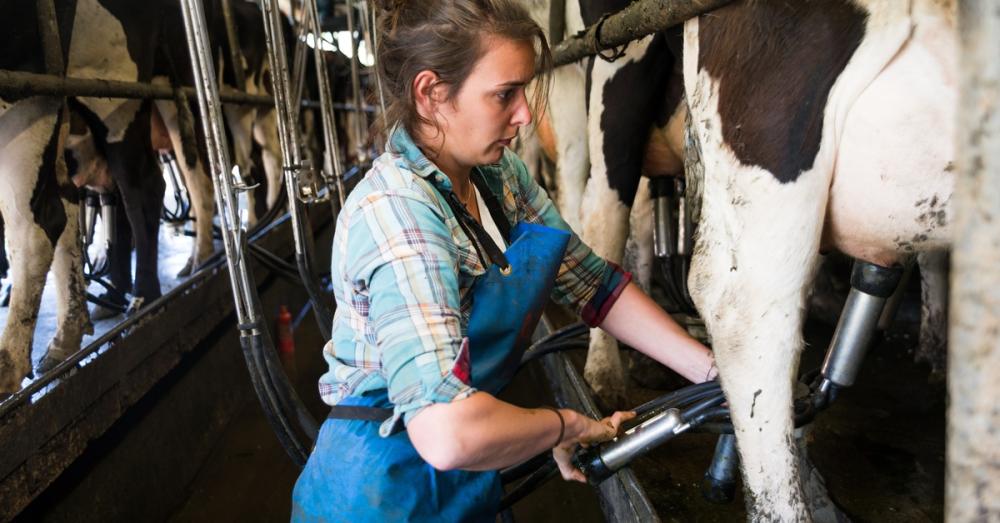
Train Your Team
Providing relevant training sessions to employees allows them to learn optimal cleaning standards, regular testing routines, and troubleshooting processes. A knowledgeable workforce safeguards equipment and prevents common errors linked to insufficient handling expertise. Investing in skill-building empowers your team with confidence, allowing them to preserve pulsator equipment responsibly while ensuring consistent maintenance outcomes.
Proper care and preservation of your milking pulsator should always remain a priority within any dairy or cheese production facility. The tips outlined in this guide provide an actionable pathway to improve equipment reliability while protecting your investment. Implementing these measures reduces expensive downtime, supports herd comfort, and maintains smooth milking operations.






